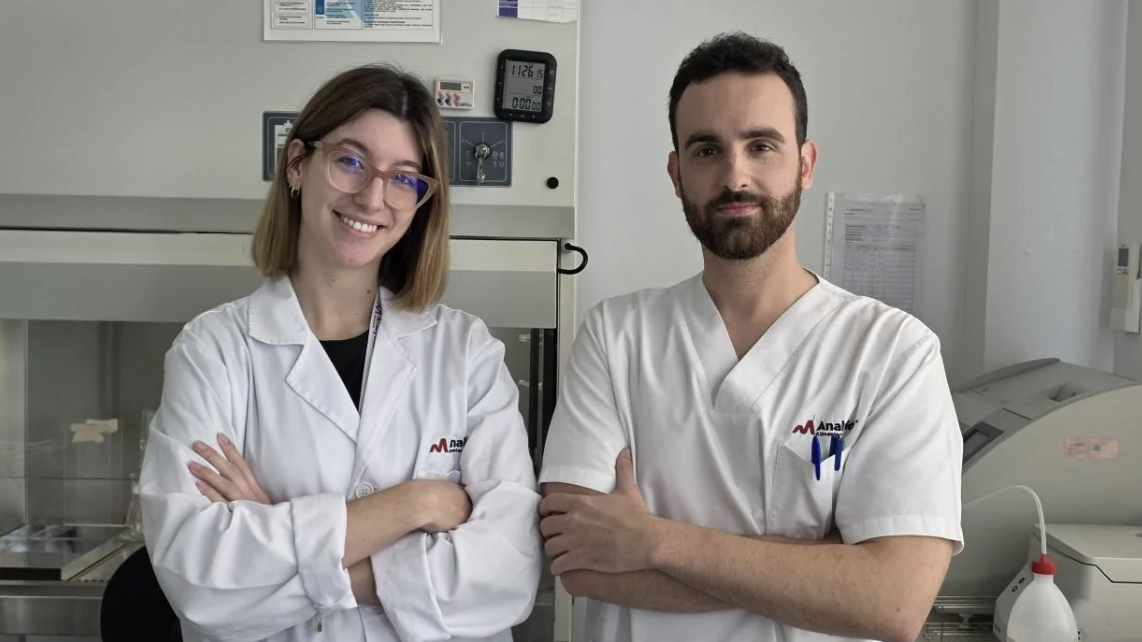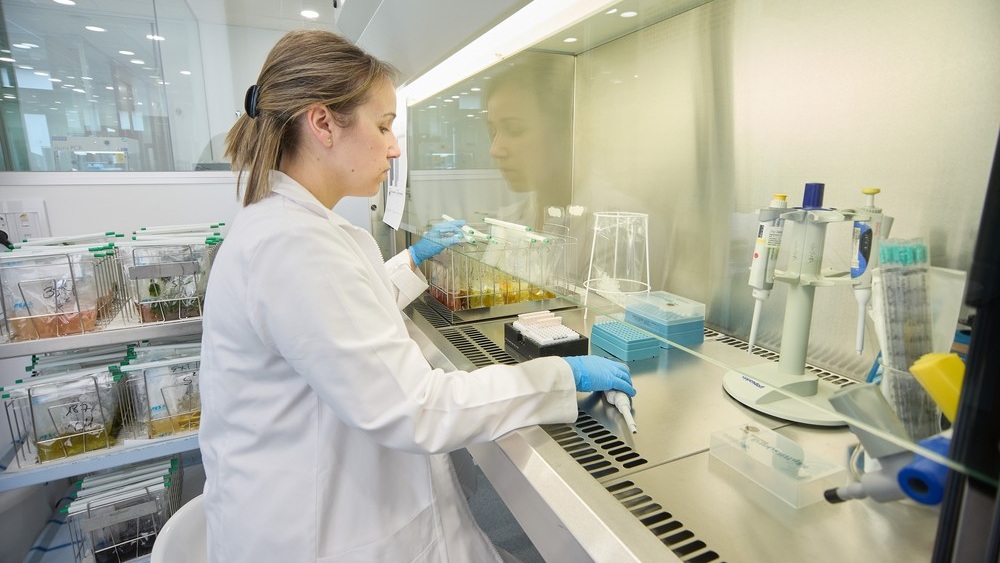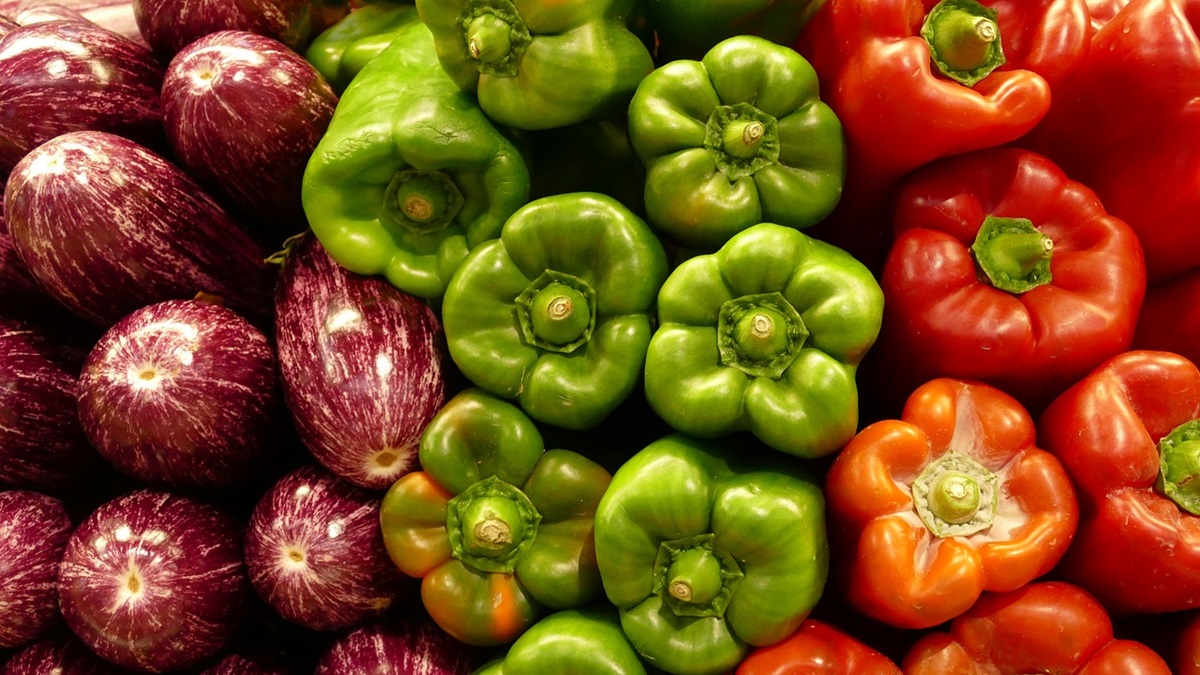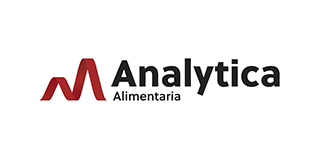

Analytica Alimentaria
Measurements
Simultaneous detection of 569 residues in fruits and vegetables by a GC- & LC-QQQ+QTOF MS combination technique
The first milestone reached is a pesticide database that comprises 569 substances, 124 of them are adopted from GC/LC. A detection limit of 0.01 mg/kg has been reached for about 50 substances
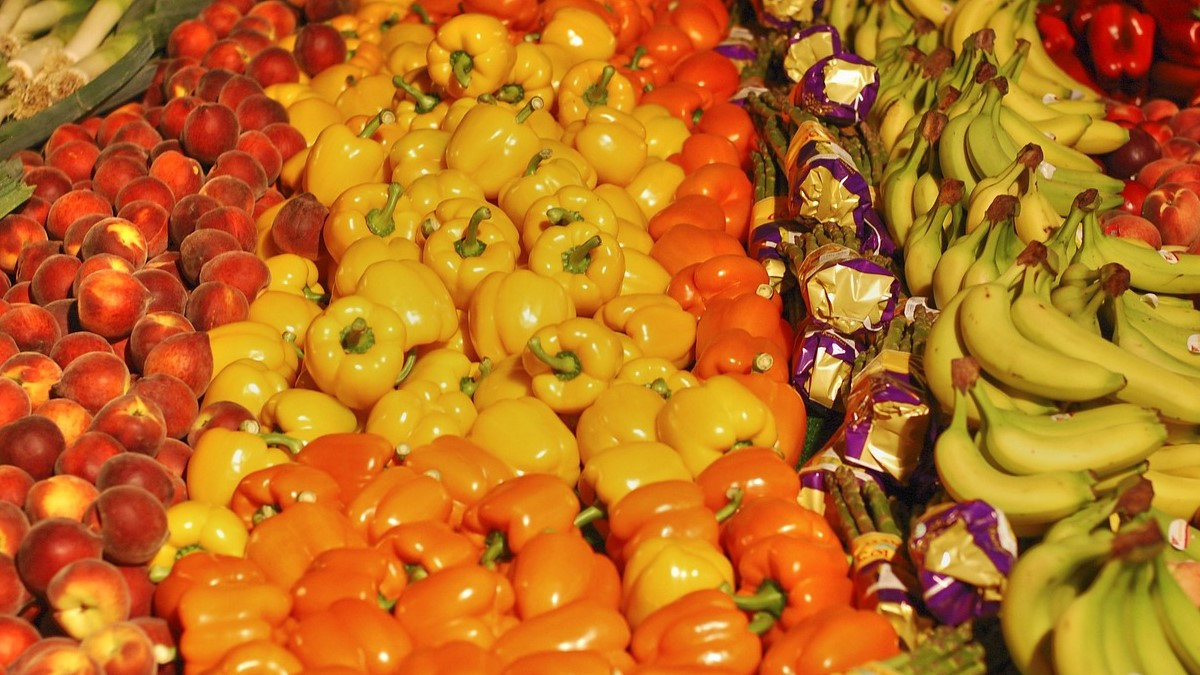
ANALYTICA ALIMENTARIA's expertise in food safety is based on highly experienced staff members, highly advanced concepts, and state-of-the-art equipment. Without innovative solutions, however, future challenges cannot be overcome. As part of Analytica's long-term research strategy, we have introduced a technology into the routine analyses - for pesticides and contaminants - which ensures the long-term quality of analysis and opens perspectives for the tomorrow's food safety landscape: simultaneous detection of 569 residues in fruits and vegetables by a GC- & LC-QQQ+QTOF MS combination technique.
Pesticide residue control in fruits and vegetables is an ongoing challenge. The number of substances to be tested in routine multi-GC/LC techniques is permanently increasing. The expenses for ensuring the quality of the analyses increase considerably, and the technical limits of the method are continuously pushed.
The coupling of high-throughput gas and liquid chromatography (LC & GC), triple quadrupole (QQQ) and quadrupole-time-of-flight (QTOF) mass spectrometry, which has been already described in the literature, is an elegant way of solving these problems.
To summarize the concept: electronic mass spectral libraries replace chemical-source standard materials as references. A research project has been used to bring this cutting-edge technique into the routine. The first milestone reached is a pesticide database that comprises 569 substances, 124 of them are adopted from GC/LC. A detection limit of 0.01 mg/kg has been reached for about 50 substances, but further will follow.


